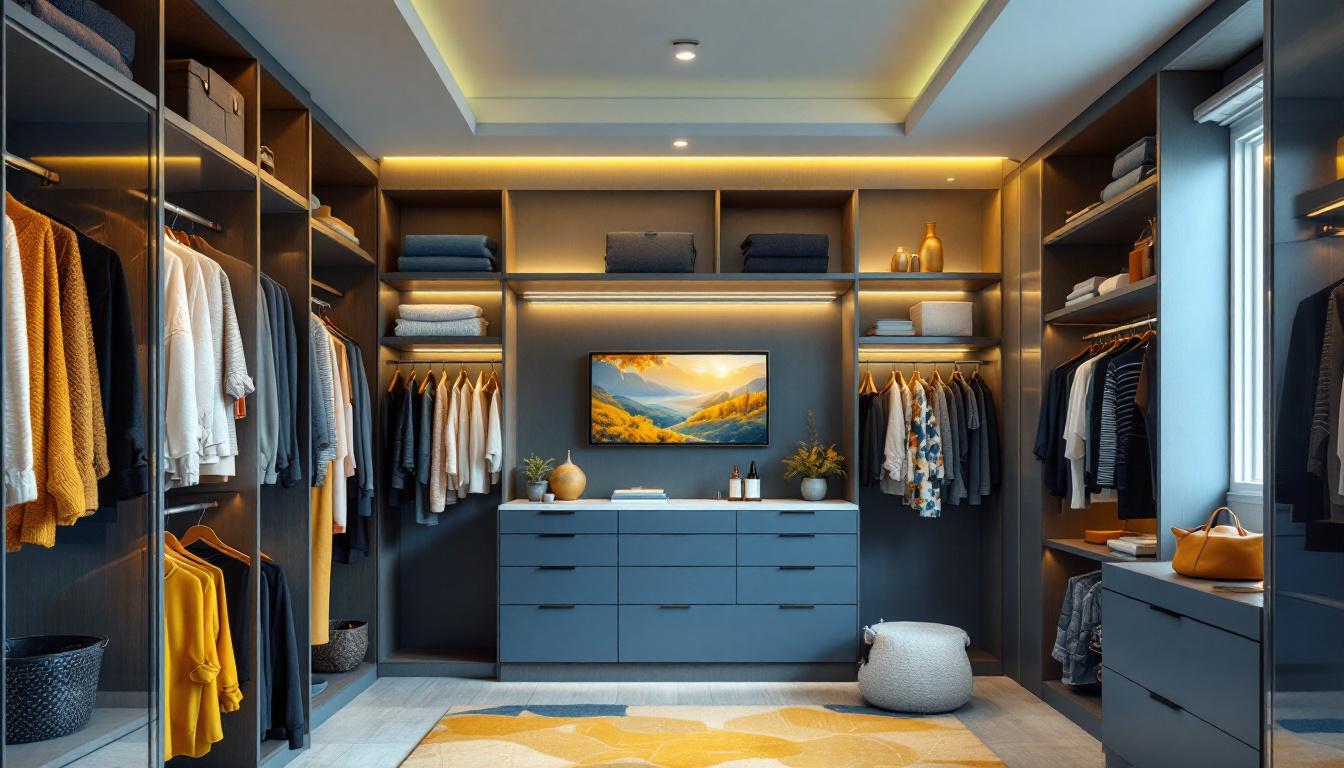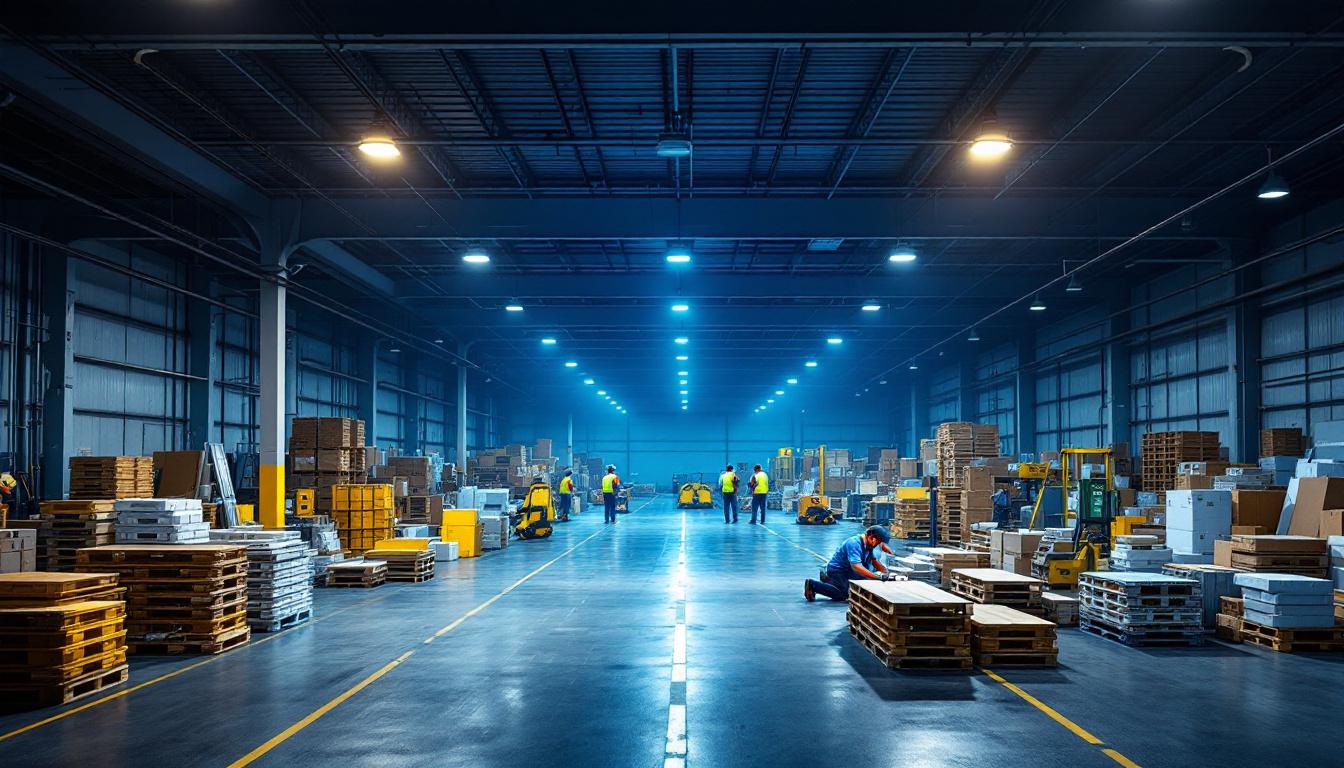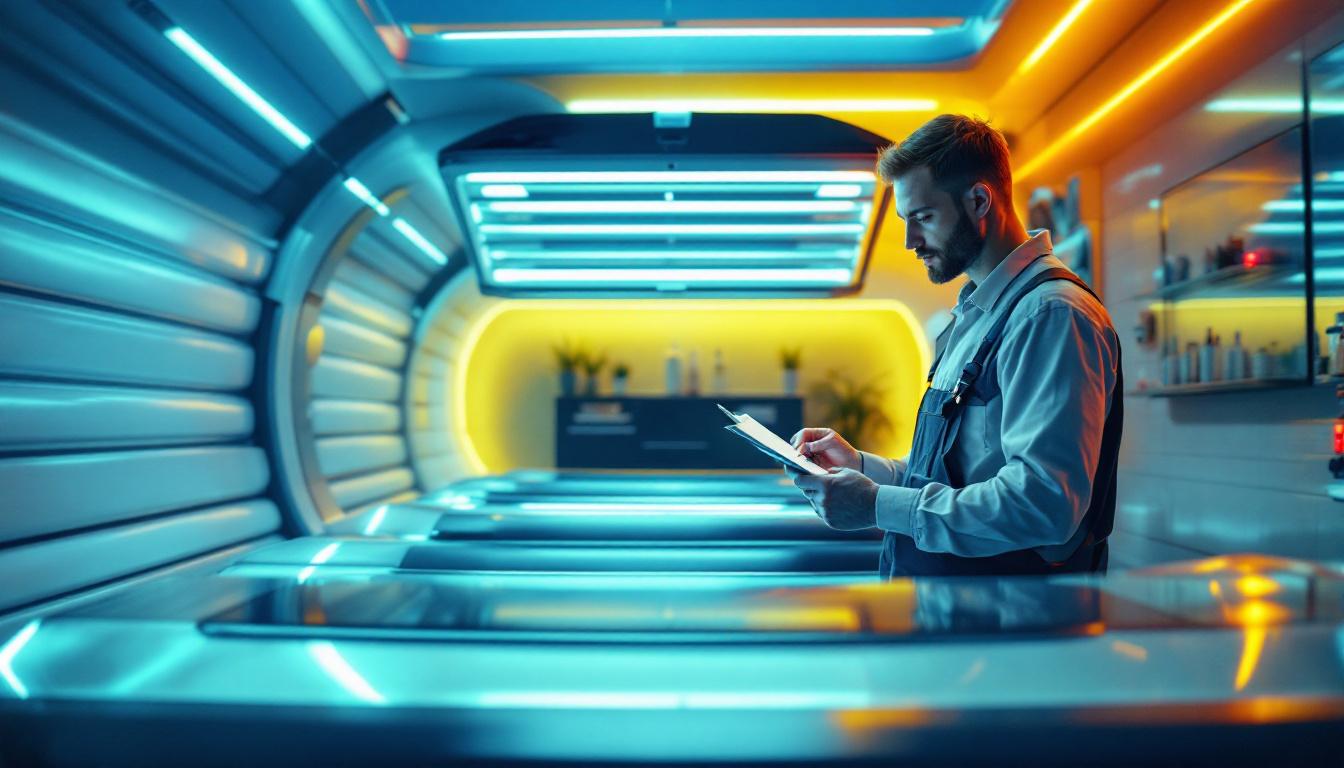
When it comes to designing effective lighting solutions for walk-in closets, lighting professionals play a pivotal role. A well-lit closet not only enhances the functionality of the space but also elevates the overall aesthetic appeal. This article serves as an essential checklist for lighting professionals, outlining key considerations for selecting ceiling lights that cater to the unique needs of walk-in closets.
Before diving into the specifics of lighting fixtures, it is crucial to understand the unique characteristics of walk-in closets. These spaces often vary in size, layout, and purpose, which can influence the lighting design.
Walk-in closets can range from small, compact areas to expansive rooms that house an extensive wardrobe. Understanding the dimensions and layout will help in determining the type and number of fixtures needed to achieve optimal illumination. The aesthetic appeal of a walk-in closet can also be enhanced through thoughtful lighting choices, transforming a simple storage area into a stylish and inviting space.
The first step in any lighting design process is assessing the size and layout of the closet. Measure the height, width, and depth of the space to get a clear picture of the area that needs lighting. Consider any architectural features, such as sloped ceilings or alcoves, that may affect light placement. Additionally, the placement of windows or doors can influence natural light availability, which should be factored into the overall lighting plan.
Additionally, take note of how the closet is organized. Are there built-in shelves, hanging rods, or islands? Each of these elements can impact the lighting strategy, as certain areas may require more focused illumination than others. For instance, a well-lit island can serve as a perfect spot for folding clothes or laying out outfits, while shelves may benefit from accent lighting to highlight accessories or shoes. Thoughtful consideration of these details will ensure that every corner of the closet is both functional and visually appealing.
Understanding the needs of the end-user is equally important. Some individuals may prioritize functionality, while others may seek a more luxurious ambiance. Conducting a brief survey or consultation can provide valuable insights into what the user expects from their walk-in closet lighting.
Consider factors such as the types of clothing stored, the frequency of use, and any specific tasks performed in the closet, such as dressing or organizing. These insights will guide the selection of appropriate lighting solutions. For example, individuals who frequently wear makeup may benefit from bright, even lighting near mirrors, while those who prefer a cozy atmosphere might opt for softer, warmer tones. Furthermore, understanding the user’s lifestyle can lead to innovative lighting options, such as motion-sensor lights that activate when the closet door opens, ensuring convenience and energy efficiency.
Once the space has been assessed and user needs identified, the next step is selecting the right ceiling fixtures. The choice of fixtures can significantly impact the overall lighting effect and functionality of the closet.
There are several types of ceiling lights suitable for walk-in closets, each offering distinct advantages. Common options include recessed lighting, flush mount fixtures, and pendant lights.
Recessed lighting is often favored for its sleek appearance and ability to provide even illumination without taking up visual space. Flush mount fixtures, on the other hand, are ideal for lower ceilings and can add a decorative touch. Pendant lights can serve as a statement piece while also providing functional lighting, making them a versatile choice for larger closets.
When selecting fixtures, it is essential to consider light output and color temperature. The brightness of the lights, measured in lumens, will determine how well the space is illuminated. For walk-in closets, a range of 200 to 300 lumens per square meter is generally recommended.
Color temperature, measured in Kelvin, affects the ambiance of the space. A warmer light (around 2700K to 3000K) can create a cozy atmosphere, while cooler light (4000K and above) may enhance visibility and detail. The choice of color temperature should align with the overall design aesthetic of the closet.
Incorporating lighting controls can greatly enhance the functionality of walk-in closet lighting. Dimmers, motion sensors, and smart lighting options provide flexibility and convenience for users.
Installing dimmer switches allows users to adjust the brightness according to their needs. This feature is especially beneficial in walk-in closets, where different tasks may require varying levels of light. For example, a bright light may be needed for selecting outfits, while a softer glow can create a more relaxed environment when dressing.
Moreover, dimmers can help in extending the lifespan of the bulbs, as they reduce the overall energy consumption. This not only contributes to sustainability but also offers cost savings over time.
Motion sensors can add a layer of convenience by automatically turning the lights on and off as users enter and exit the closet. This is particularly useful in larger walk-in closets where reaching for a switch may be cumbersome.
In addition to enhancing user experience, motion sensors can also contribute to energy efficiency. By ensuring lights are only on when needed, they help reduce unnecessary energy consumption.
Effective lighting design often involves layering different types of light to create a balanced and functional environment. In walk-in closets, combining ambient, task, and accent lighting can achieve this goal.
Ambient lighting serves as the primary source of illumination in a walk-in closet. This can be achieved through ceiling fixtures, such as recessed lights or flush mounts, that provide an overall glow to the space.
When designing the ambient lighting, consider the distribution of light throughout the closet. Ensure that there are no dark corners or shadows that could hinder visibility. A well-distributed ambient light will create a welcoming and functional environment.
Task lighting focuses on specific areas where detailed activities take place, such as near mirrors or dressing areas. Installing additional fixtures, such as wall sconces or under-shelf lighting, can enhance visibility in these zones.
For example, placing lights around a mirror can help eliminate shadows and provide even illumination for grooming tasks. This attention to detail can significantly improve the user experience in the closet.
Accent lighting can be used to highlight specific features within the closet, such as artwork, decorative items, or unique architectural elements. This type of lighting adds a layer of sophistication and can enhance the overall design of the space.
Consider using adjustable spotlights or LED strips to create dynamic accent lighting that draws attention to key features. This not only adds visual interest but also contributes to the overall ambiance of the closet.
As sustainability becomes an increasingly important consideration in lighting design, energy efficiency should not be overlooked. Selecting energy-efficient fixtures and bulbs can significantly reduce energy consumption while maintaining high-quality lighting.
LED lights are an excellent choice for walk-in closets due to their long lifespan and low energy consumption. Compared to traditional incandescent bulbs, LEDs use significantly less electricity and can last up to 25 times longer.
In addition to their energy efficiency, LED lights are available in a variety of color temperatures and styles, making them versatile for different design aesthetics. Incorporating LED lighting into walk-in closet designs can contribute to both environmental sustainability and cost savings for the user.
Smart lighting solutions offer advanced features that can further enhance energy efficiency. With the ability to control lights remotely via smartphones or voice-activated devices, users can easily manage their closet lighting.
Smart systems can also be programmed to operate on schedules or respond to occupancy, ensuring that lights are only on when needed. This level of control not only improves convenience but also helps minimize energy waste.
The final touches in walk-in closet lighting design can significantly impact the overall aesthetic appeal. Choosing fixtures that complement the closet’s decor and style is essential for achieving a cohesive look.
When selecting ceiling lights, consider the style and finish of the fixtures. From modern and sleek designs to more traditional or ornate options, the choice of fixtures should align with the overall design theme of the closet.
Additionally, finishes such as brushed nickel, matte black, or polished chrome can enhance the visual appeal and contribute to the closet’s overall ambiance. Thoughtful selection of fixtures can elevate the space from merely functional to truly stylish.
Lighting should seamlessly integrate with the interior design of the walk-in closet. Consider how the lighting interacts with colors, materials, and textures within the space. For example, warm lighting can complement wooden finishes, while cooler lighting may enhance modern materials like glass or metal.
Moreover, consider the placement of fixtures in relation to other design elements. Strategic positioning can create visual harmony and ensure that the lighting enhances, rather than detracts from, the overall design.
Designing effective ceiling lighting for walk-in closets requires careful consideration of various factors, including space assessment, fixture selection, layering techniques, and energy efficiency. By following this essential checklist, lighting professionals can create well-lit, functional, and aesthetically pleasing walk-in closets that meet the needs of users.
Ultimately, the goal is to strike a balance between functionality and style, ensuring that the lighting enhances the overall experience of the walk-in closet. With the right approach, lighting professionals can transform these spaces into beautifully illuminated areas that reflect the personality and preferences of their users.
Ready to elevate your walk-in closet designs with premium lighting solutions? At LumenWholesale, we provide lighting professionals like you with the highest quality, spec-grade ceiling lights at unbeatable wholesale prices. Say goodbye to local distributor markups and hello to a vast selection of reliable, high-performance lighting that meets the most rigorous industry standards. With free shipping on bulk orders, you can stock up on the best lighting options without any hidden fees. Make your next project shine and experience the best value in wholesale lighting with LumenWholesale.

Discover essential tips and tricks for lighting contractors to create stunning holiday displays with projection Christmas lights.

Discover how a parking lot warehouse can boost lighting project efficiency by 30%, reduce costs, and streamline operations.

Discover the latest trends in cleaning light fixtures that every lighting contractor needs to know.

Discover essential tips for lighting contractors to avoid common pitfalls when dealing with tanning lamps and beds.